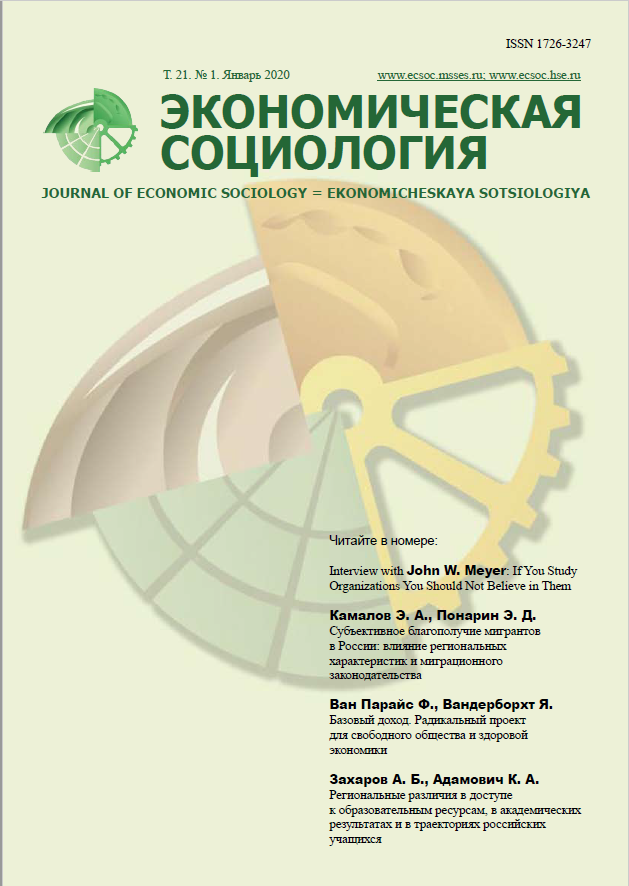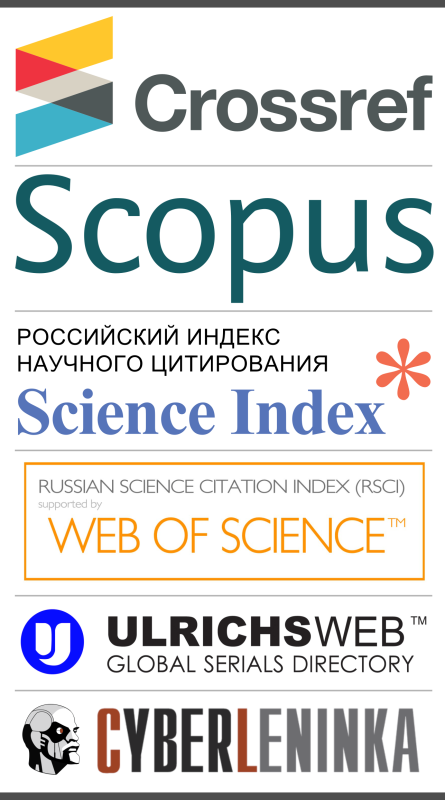Regional Differences in Access to Educational Resources, Academic Results and Students’ Trajectories in Russia
Abstract
Today little is known about regional inequality in education in Russia. In this article we analyze regional differences in educational resources in association with regions’ socio-economic characteristics, and in addition we assess the relationship of regions’ socio-economic characteristics and educational resources with the proportion of students remaining in high school as well as with the average results of the Unified State Exam (end of high school test) in two compulsory subjects—Russian and math. We test theories of effectively maintained inequality and maximally maintained inequality using data of Russia regions that we retrieve from open sources—publications of Rosstat and federal and regional education agencies. To estimate the relationship we use correlation and regression analysis. Our results show that more urbanized regions with higher levels of human capital and GRP are usually characterized by the higher level of school expenditures, more experienced teachers, and higher chances for students to study at the advanced level. The same time, the level of urbanization and human capital is positively related to the proportion of students that choose an academic trajectory after finishing secondary school. Finally, the results of the Unified State Exam are also positively associated with access to educational resources. In both subjects, the average test score is higher in the regions with a higher proportion of students in lyceums/gymnasiums and in schools with advanced study options. In Russian, the exam results are also related to the proportion of students remaining in high school. In general, regional inequality in access to educational resources overlaps with socio-economic differences, which produces a situation of double loss or double advantage. Greater access to better educational resources in regions with higher human capital supports effectively maintained inequality theory. At the same time the fact that a lower proportion of students choose an academic trajectory after grade 9 in regions with less human capital could be evidence of maximally maintained inequality. The article could be interesting to readers whose area of study relates to problems of education inequality and education policy.













